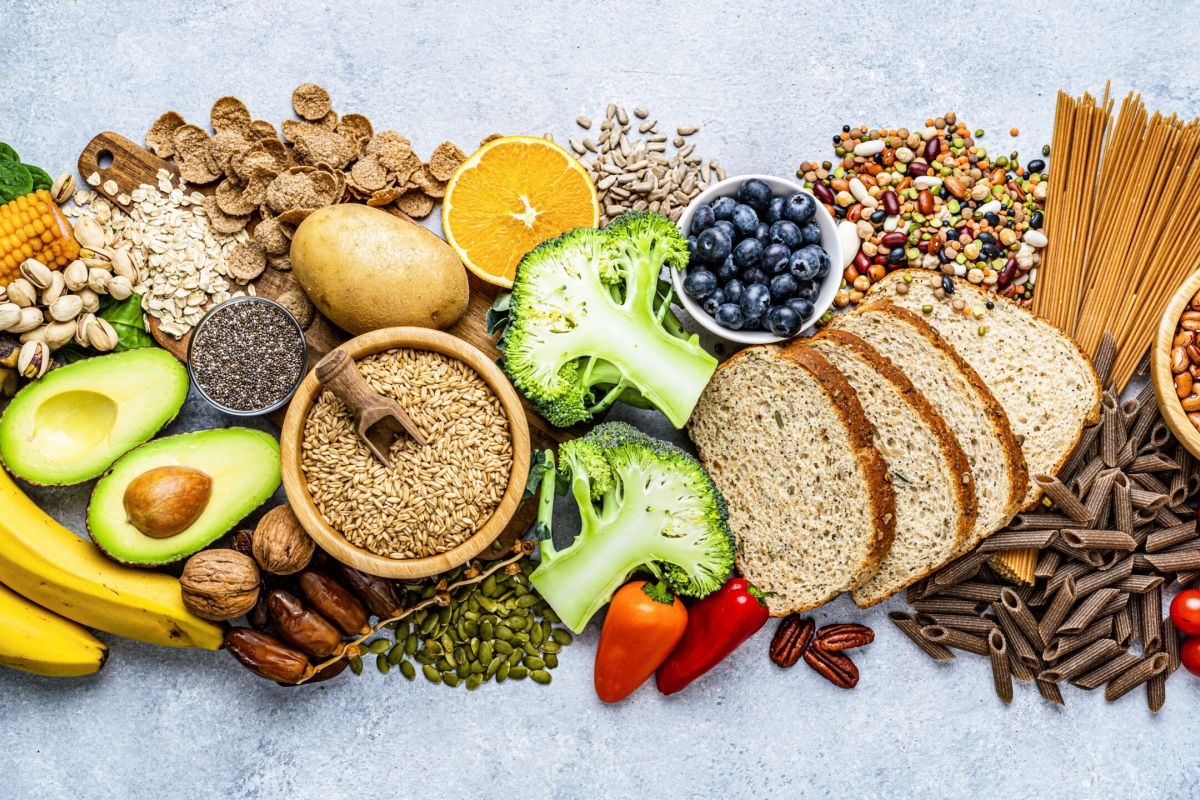
The Whole-Food Plant-Based Debate: What It Means for the Plant-Based Food Industry
The whole-food plant-based (WFPB) diet is gaining attention for its emphasis on minimally processed, nutrient-dense foods—but it’s also sparking debate within the plant-based movement. While all WFPB diets focus on whole, plant-based ingredients, two different schools of thought have emerged:
1️⃣ The Low-Fat WFPB Diet, which limits or eliminates added oils, nuts, seeds, and high-fat plant foods like avocados.
2️⃣ The Higher-Fat WFPB Diet, which embraces whole food sources of fat and even allows for high-quality oils like extra virgin olive oil.
This discussion, explored in a recent article by Today’s Dietitian, has important implications for the plant-based food industry, particularly in product innovation, marketing, and consumer education. As the industry moves forward, brands must recognize these shifting preferences and find ways to serve both ends of the WFPB spectrum.
The Growing Demand for WFPB Products
With research continuing to highlight the health benefits of plant-based diets—including reduced risks of heart disease, diabetes, and obesity—more consumers are looking for products that align with whole-food, minimally processed nutrition standards.
- Consumer demand for WFPB-friendly products is growing as more people seek out foods with clean ingredient lists, recognizable whole-food components, and minimal additives.
- The role of dietary fat is evolving, with some consumers embracing high-fat plant foods like nuts, seeds, and avocados, while others actively avoid oils and processed plant fats.
- The distinction between “vegan” and “whole-food plant-based” is critical—not all vegan products meet WFPB criteria, meaning brands need to clearly communicate how their products fit into different plant-based lifestyles.
For the plant-based food marketplace, this creates opportunities and challenges. How can brands cater to these evolving preferences while ensuring product appeal and accessibility?
What This Means for Plant-Based Food Brands
- Clean Labels & Whole-Food Ingredients Matter: Consumers looking for WFPB-compliant foods are reading labels more carefully than ever.
- Highlight whole ingredients like lentils, chickpeas, nuts, seeds, and whole grains.
- Reduce additives, preservatives, and highly refined ingredients (e.g., isolated soy protein, artificial flavors).
- Clearly label products as WFPB-friendly if they fit within these guidelines.
- Rethinking Fats in Product Formulation: The low-fat vs. high-fat WFPB debate means that fat content in plant-based products is under scrutiny.
- Some consumers want oil-free products, so offering no-oil versions of plant-based meats, sauces, and snacks can tap into this demand.
- Other consumers embrace healthy fats, meaning brands should be clear about their fat sources (avocado oil vs. refined palm oil, for example).
- Consider launching multiple SKUs—one for low-fat WFPB followers and another for those who prefer higher-fat plant-based options.
- Educating Consumers on Whole-Food Nutrition: The WFPB movement is driven by health-conscious consumers, many of whom are deeply engaged in food education. Brands need to meet these consumers with transparency and nutritional clarity.
- Use transparent marketing and packaging to showcase whole-food ingredients and health benefits.
- Educate consumers through blogs, social media, and packaging callouts on the benefits of WFPB diets.
- Partner with registered dietitians and nutritionists to communicate science-backed health claims.
Implications for Retail and Foodservice Buyers
For retailers and foodservice operators, the rise and nuance of WFPB diets presents a significant opportunity to curate offerings that appeal to health-conscious consumers. Stocking both low-fat and higher-fat WFPB options ensures that stores and menus cater to the full spectrum of plant-based eaters. Retail buyers should look for clean-label, minimally processed products that clearly communicate their ingredients and health benefits, while foodservice operators can experiment with oil-free cooking methods or dishes featuring nutrient-dense whole-food fats like nuts and seeds.
As consumer awareness around whole-food nutrition and ingredient transparency continues to grow, brands that align with these values will gain a competitive edge. Retailers and foodservice buyers who recognize this shift early can position themselves as leaders in the evolving plant-based landscape, offering products that meet the expectations of today’s health-driven shoppers and diners.


